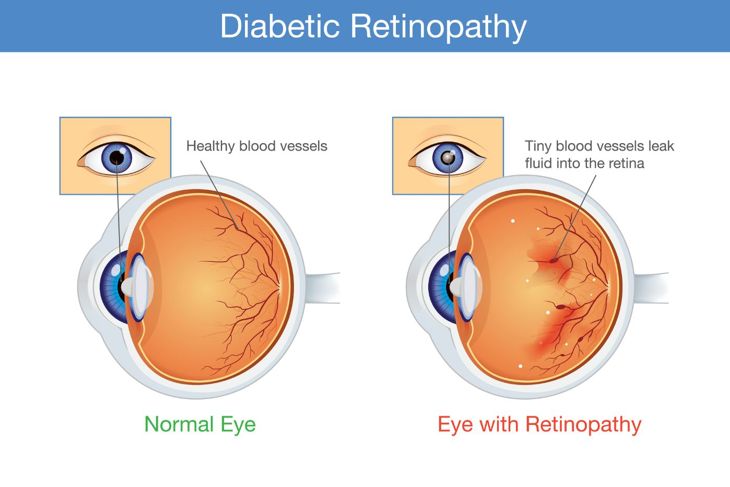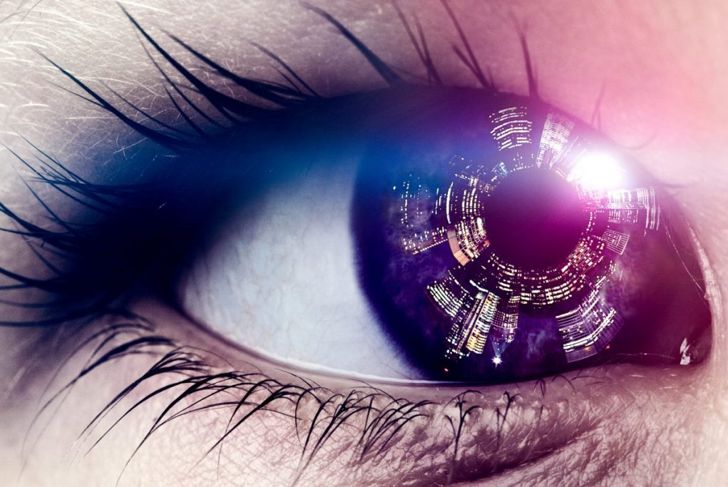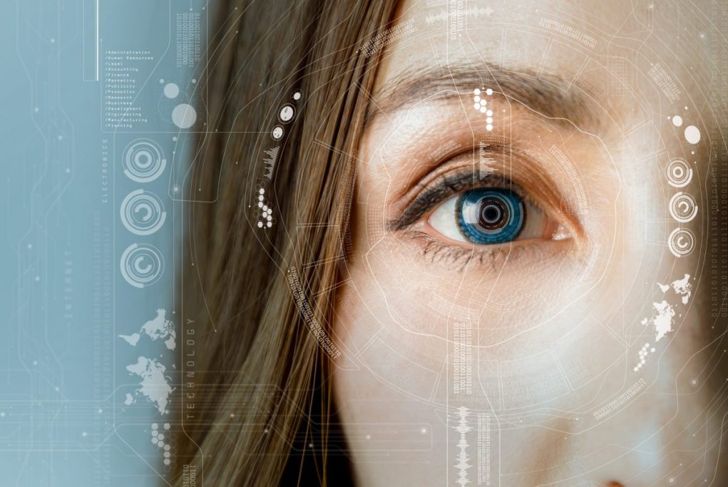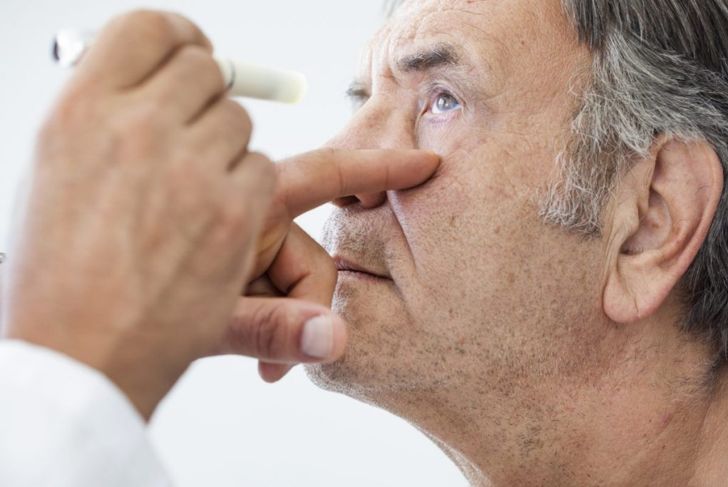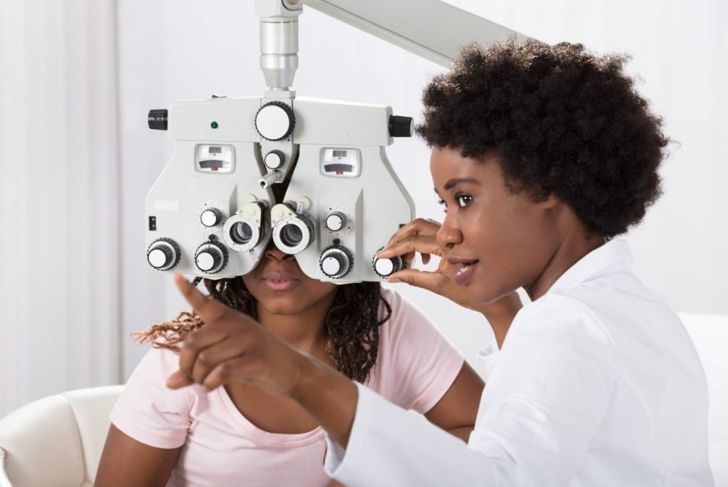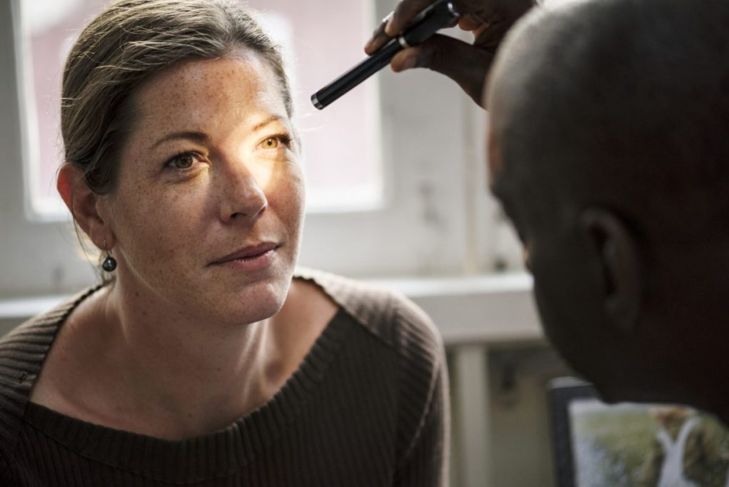Diabetic retinopathy is a complication of diabetes that causes damage to the eyes. Over time, the blood vessels in the back of the eye become damaged and very sensitive to light. Most people notice only mild vision problems at first, but if left untreated, diabetic retinopathy can lead to blindness. This condition can be a symptom of type 1 and type 2 diabetes and is something that should be monitored in people with diabetes. The following is a brief look at diabetic retinopathy, including common signs, causes, risk factors, and treatments.
Symptoms of Diabetic Retinopathy
Most people do not have obvious symptoms while in the early stages of diabetic retinopathy, which is one reason it is so vital to monitor people who are at high risk. Some symptoms become obvious as the condition progresses. These range in severity, but all require a visit to the eye doctor.
Mild Symptoms of Diabetic Retinopathy
The very first thing that most people with diabetic retinopathy start to notice are floaters in their eyes. These are spots or dark strings that seem to float around while your eyes are open, impairing your vision. Vision can also become blurred at times. Other common, mild symptoms include vision that seems to fluctuate and the inability to see colors as vividly as you may have before. Some people report feeling like their vision is “off.”
Severe Symptoms of Diabetic Retinopathy
As diabetic retinopathy gets worse, you may notice that there are dark areas in your vision, as though you are suddenly unable to see out of the eye completely. Others describe this as an empty area as if something is blocking part of their vision. If diabetic retinopathy is not treated or becomes too severe, it can result in complete vision loss. In most cases, vision loss is nonreversible.
Early Diabetic Retinopathy
Diabetic retinopathy has two stages: early and advanced. During the early stages, new blood vessels are no longer able to grow in the eye. The medical term for this nonproliferative diabetic retinopathy (NPDR); at this stage, the blood vessel walls inside your retina start to weaken, causing small microaneurysms that leak blood into the retina, eventually blocking blood vessels and affecting vision. NPDR is treatable.
Advanced Diabetic Retinopathy
When not treated promptly or correctly, NPDR will progress to advanced diabetic retinopathy. This is known as proliferative diabetic retinopathy and is diagnosed when the damaged blood vessels become completely closed off. This causes new abnormal blood vessels to form in the retina and can cause a jelly substance to leak into the center of the eye. Eventually, scar tissue will also form and can cause the retina to separate from the back of the eye.
Risk Factors for Diabetic Retinopathy
The largest risk factor for diabetic retinopathy is diabetes, but other conditions can increase your risk, as well. High blood sugar, high cholesterol, and tobacco use can increase the risk of developing diabetic retinopathy, sometimes at a younger age. Additionally, not controlling your blood sugar levels can increase your risk. Other risk factors are outside of human control, such as ethnicity: people who are African-American, Native American, or Hispanic are at greater risk.
Complications of Diabetic Retinopathy
One of the most serious complications of diabetic retinopathy is vitreous hemorrhage, which occurs when the jelly substance mentioned above leaks into the center of the eye. “Floaters” in the eye may appear if this leakage is less severe, but the substance can also fill the vitreous cavity and completely block vision. The good news is, this type of hemorrhage will usually clear on its own within a few weeks to months.
More Complications of Diabetic Retinopathy
Other, less common complications can occur if diabetic retinopathy is not treated. Retinal detachment, when the retina is pulled away from the eye, is one major risk. This can cause light flashes, floaters, or even vision loss. Glaucoma, when pressure buildup from the fluid in the eye damages your optic nerve, is another possibility. At its worst, diabetic retinopathy can lead to complete vision loss or blindness.
When to See a Doctor About Diabetic Retinopathy
If you have any reason to suspect you may have diabetic retinopathy, it is important to see an optometrist right away. Prompt detection can mean the difference between treatment and correction or reversal, and mere reactive treatments (such as if total vision loss occurs). Regular vision checkups should be part of your annual medical visits.
How to Prevent Diabetic Retinopathy
Careful management of your diabetes is the best way to prevent diabetic retinopathy. If you have been diagnosed with diabetes, then you should have a yearly optometry exam with dilation. Pregnancy can heighten your risk, as well, so ask your doctor if you should schedule additional eye exams throughout your pregnancy.

 Home
Home Health
Health Diet & Nutrition
Diet & Nutrition Living Well
Living Well More
More